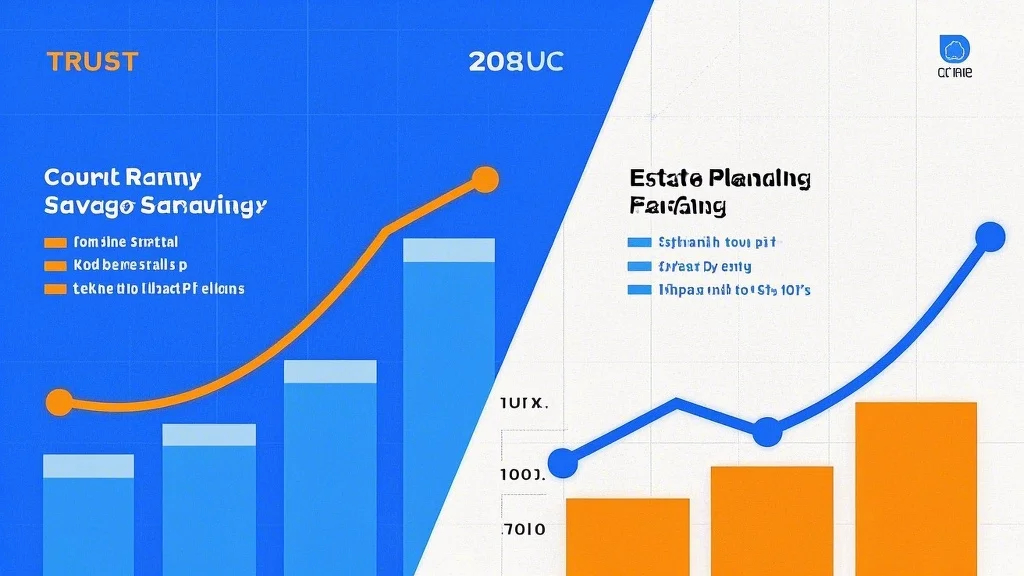In today’s financial landscape, maximizing the return on your savings is more important than ever. With interest rates fluctuating and economic uncertainties, savers are constantly on the lookout for strategies that can yield the highest possible returns. One such strategy that has gained popularity in recent years is the savings account laddering strategy. This approach allows you to maximize your Annual Percentage Yield (APY) by strategically distributing your savings across multiple accounts with varying terms and interest rates.

But what exactly is the savings account laddering strategy, and how does it work? Let’s dive deeper into this innovative approach to savings.
What Is the Savings Account Laddering Strategy?
The savings account laddering strategy is a method of investing in savings accounts by spreading your funds across multiple accounts with different maturity dates or term lengths. The idea is to stagger these accounts so that you have a portion of your money maturing at regular intervals, allowing you to take advantage of higher interest rates as they become available.
For example, if you have $10,000 to save, you might divide it into five equal parts of $2,000 and open five different savings accounts. Each account could have a different term length—say, one year, two years, three years, four years, and five years. By doing this, you ensure that every year, one of your accounts will mature, freeing up funds that you can either withdraw or reinvest into a new account with a potentially higher interest rate.
This approach not only allows you to take advantage of higher rates as they become available but also provides a steady cash flow as your accounts mature. It’s a win-win strategy for savers looking to maximize their returns while maintaining flexibility.
Why Use a Laddering Strategy?
The primary goal of the laddering strategy is to maximize your APY, which is the effective annual yield you earn on your savings. Here are some of the key benefits of this approach:
Higher Overall Returns: By staggering your savings across multiple accounts with varying interest rates, you can take advantage of higher rates as they emerge. This is particularly useful in a low-interest-rate environment, where rates may slowly increase over time.
Flexibility and Liquidity: Unlike traditional savings accounts that lock your money away for years, the laddering strategy allows you to access a portion of your funds at regular intervals. This flexibility is ideal if you need liquidity for unexpected expenses or opportunities.
Risk Management: By spreading your savings across multiple accounts and term lengths, you reduce the risk of being locked into a low-rate account for an extended period. If rates rise, you can reinvest your matured funds into a higher-rate account, while your other accounts continue to earn at their current rates.
Diversification: Similar to investing in different asset classes, the laddering strategy diversifies your savings across different accounts and term lengths. This can help you avoid over-reliance on a single account or rate.
How to Implement the Laddering Strategy
Implementing a savings account laddering strategy is simpler than it may seem. Here’s a step-by-step guide to get you started:
Assess Your Savings Goals: Determine how much money you want to save and over what period. This will help you decide how many accounts to open and the term lengths for each.
Research High-Yield Savings Accounts: Look for savings accounts that offer competitive interest rates. Online banks, credit unions, and some traditional banks often provide higher rates compared to standard savings accounts.
Create a Ladder: Divide your savings into equal or unequal portions and open accounts with staggered maturity dates. For example, if you’re opening five accounts, you might set them to mature at one-year intervals.
Monitor Rates and Reinvest: As your accounts mature, compare current interest rates and consider reinvesting the funds into a new account with a higher rate. This step is crucial to ensuring you’re always earning the best possible return.
Adjust as Needed: Life circumstances change, and so do interest rates. Periodically review and adjust your ladder to align with your financial goals and market conditions.
By following these steps, you can create a savings account laddering strategy that works for your unique needs and goals.
Maximizing Your APY with the Laddering Strategy
The beauty of the savings account laddering strategy is its ability to adapt to changing market conditions and your personal financial situation. However, to truly maximize your APY, you need to refine your approach and stay informed about the latest rates and banking products. Below are some tips to help you optimize your laddering strategy and achieve the highest possible returns.
1. Focus on High-Yield Savings Accounts
To maximize your APY, it’s essential to use high-yield savings accounts in your ladder. These accounts typically offer higher interest rates than traditional savings accounts and are often available through online banks, which tend to have lower overhead costs and can pass the savings onto their customers.
When shopping for high-yield savings accounts, consider factors such as:
APY: Look for accounts with the highest yield that fits your risk tolerance.
** Fees**: Ensure the account has no monthly maintenance fees or other charges.
Ease of Access: Check if the account allows for easy transfers and withdrawals.
Liquidity: Ensure you can access your funds without penalties when accounts mature.
2. Diversify Your Term Lengths
One of the key principles of the laddering strategy is to stagger your accounts across different term lengths. By doing so, you ensure that you have a steady stream of maturing funds that you can reinvest or withdraw as needed.
For example, if you have $20,000 to save, you might allocate it as follows:
$4,000 in a 1-year term account
$4,000 in a 2-year term account
$4,000 in a 3-year term account
$4,000 in a 4-year term account
$4,000 in a 5-year term account
By the end of each year, one account will mature, giving you access to $4,000 that you can either withdraw or reinvest into a new account. This approach ensures that you’re not locked into long-term rates unless you’re comfortable with the commitment.
3. Monitor Market Trends
Interest rates are influenced by the broader economic environment, including central bank policies and inflation rates. Staying informed about these trends can help you make better decisions about when to lock your money into long-term accounts versus keeping it flexible.
For instance, if you anticipate that interest rates will rise in the near future, you might want to delay locking your funds into long-term accounts. Instead, keep your money in shorter-term accounts so you can reinvest at higher rates once they become available.
4. Consider Tax Implications
While APY is a key factor in maximizing your returns, don’t overlook the impact of taxes. Depending on where you live, the interest earned on your savings accounts may be subject to taxes. Be sure to consider these tax implications when comparing different accounts and strategies.
5. Bank Shopping and Rate Shopping
Just like shopping for groceries, it pays to shop around for the best rates and terms. Regularly compare high-yield savings accounts to ensure you’re getting the highest possible return on your money. Many online tools and comparison websites can help you find the best rates in your area.
Additionally, consider opening accounts with different banks to spread your risk and take advantage of higher rates. However, be mindful of any restrictions or fees associated with maintaining multiple accounts.
6. Reinvest at Maturity
When an account on your ladder matures, it’s important to reinvest the funds into a new account to maintain the continuity of your ladder. This step ensures that you’re always earning interest on your savings and that your ladder remains balanced.
If you’re satisfied with the current interest rates, you might choose to reinvest the matured funds into an account with the same or similar terms. However, if higher rates are available, it’s a good idea to take advantage of them by opening a new account with a higher APY.
The savings account laddering strategy is a powerful tool for maximizing your APY and optimizing your savings. By spreading your funds across multiple accounts with varying term lengths, you can take advantage of higher interest rates, maintain flexibility, and ensure a steady flow of cash.
To get the most out of this strategy, focus on high-yield savings accounts, diversify your term lengths, and stay informed about market trends. By doing so, you can build a robust savings plan that not only protects your money but also helps it grow over time.
Remember, the key to successful savings is not just about earning a good return but also about staying disciplined and adaptable. Whether you’re saving for a specific goal or simply looking to grow your wealth, the laddering strategy offers a flexible and effective approach to achieving your financial




